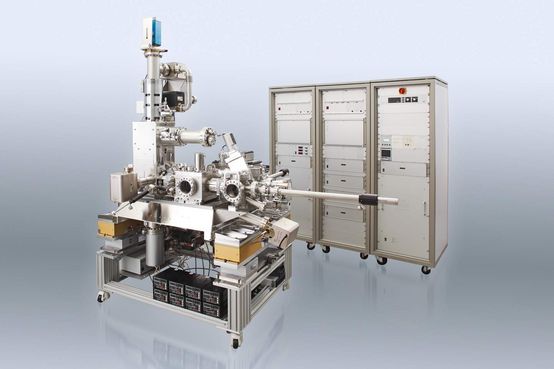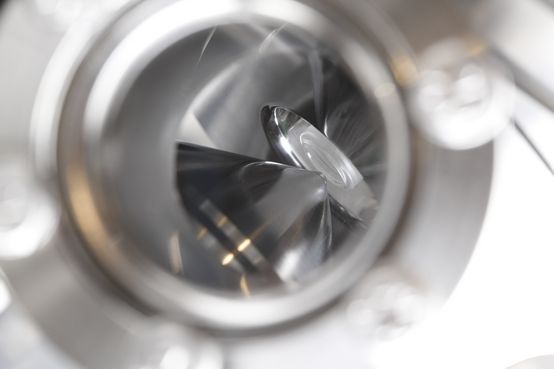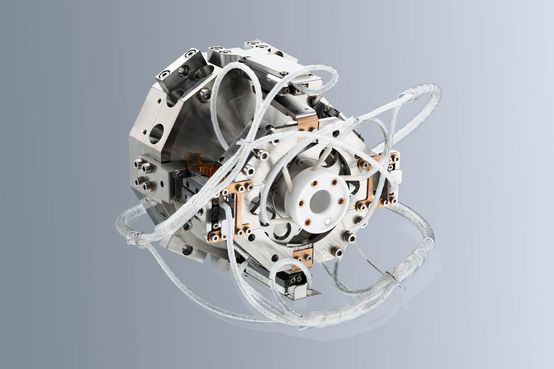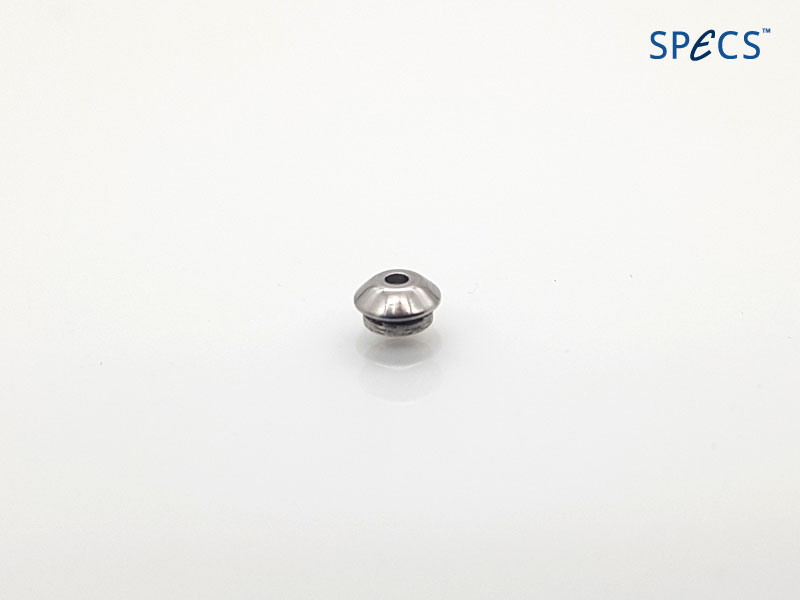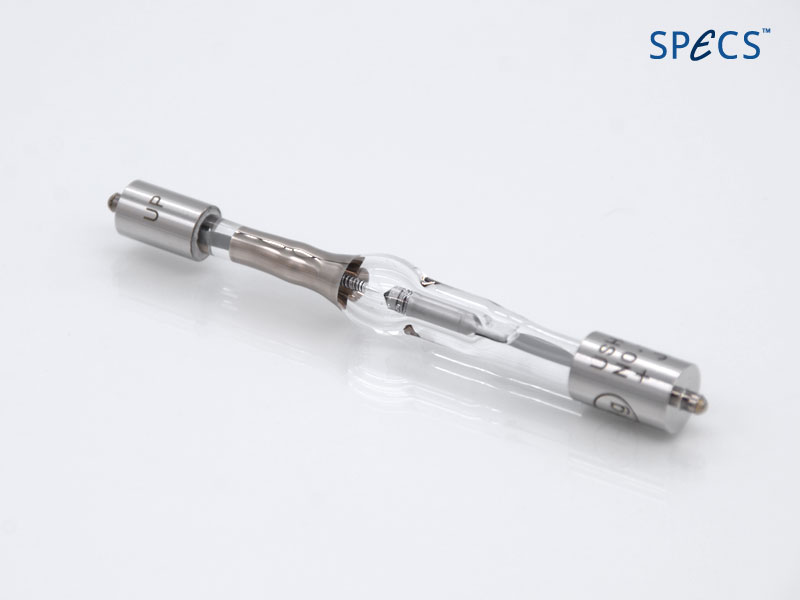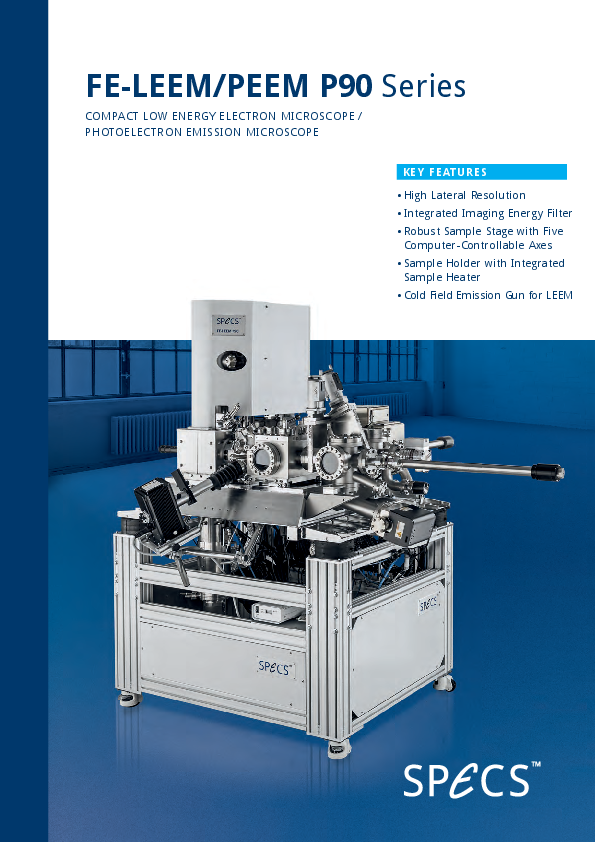 Detail
DetailFE-LEEM/PEEM P90 AC
The FE-LEEM/PEEM P90 AC is a combined LEEM and PEEM Instrument with Integrated Aberration Correction
The SPECS FE-LEEM/PEEM P90 AC system is a fully equipped UHV analysis system for modern surface microscopy. All systems are designed and manufactured at the SPECS headquarter in Berlin. A special engineering group personally accompanies the system process from the order placing until the final acceptance. Our engineers are dedicated to highest quality and usability of the system during design, testing and setup on site. Once the system is in full operation a professional service team in our HQ and our worldwide branch offices takes care of a smooth and stable operation.
The SPECS LEEM instrument FE-LEEM P90 AC is a next generation Low Energy Electron Microscope with integrated aberration correction, showing astonishing 2 nm resolution for dynamic LEEM microscopy experiments. With this instrument, based on the design of Dr. Rudolf Tromp, nanometer scale processes on surfaces can be observed in real-time.
Guiding the design of the SPECS FE-LEEM P90 was the goal to achieve an extremely high resolution with a minimum number of electronoptical elements.
In order to achieve this incoming and outgoing electrons are separated by a 90° magnetic prism array. This geometry allows a simple, intuitive step by step adjustment of all lens parameters. The magnetic prism transfers both the LEEM image and the LEED pattern astigmatically, allowing routine switching between real image and diffraction. Both image and LEED pattern are transferred without the negative effects of chromatic dispersion, offering superior image and diffraction capabilities.
A sophisticated energy filter enables imaging with an energy resolution down to 250 meV with a minimal impact on the high spatial resolution of the instrument.
The FE-LEEM P90 is integrated into a UHV LEEM sample analysis chamber with facilities for sample preparation and in-situ high temperature sample processing.
SPECIFICATIONS
| Lateral Resolution | 3 nm Guaranteed, 1.6 achievable (LEEM) |
| Energy Resolution | < 250 meV (Spectroscopy) |
| Field of View | 800 nm - 100 µm |
| Base Pressure | < 2x10-10 mbar |
| Sample Temperature | RT - 1500 K |
| Spot Size | < 40 µm - < 200 nm |
| Lateral Stability | < 5 nm |
| Lateral Reprodicibility | < 500 nm |
| Magnification | 400x - 5000x |
| Kinetic Energy Range | 0-1000 eV |
| Extraction Voltage | 2 keV - 15 keV |
| Electron Gun | Cold Field Emission Gun |
| Energy Filter | 90° Magnetic Prism |
| Slits/Apertures | Integrated Contrast and Field Apertures |
| Sample Holder | SPECS SH2/12 |
| Aberration Correction | Additional 90° Magnetic Prism |
SPARE PARTS
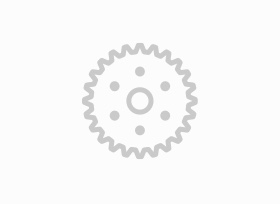
Special gasket for LEEM/PEEM sample chamber.

Isolation tube for LEEM/PEEM sample holder

Spare part set for LEEM/PEEM sample holder cap

4 mm Molybdenium sample holder cap for LEEM/PEEM

5 mm Molybdenium sample holder cap for LEEM/PEEM

LEEM/PEEM sample holder

Only suitable for systems in combination of LEEM/PEEM and Aarhus STM

Socket mount for sample holder LEEM
